<< Our Photo Pages >> Babylon. - Ancient Village or Settlement in Iraq
Submitted by AlexHunger on Tuesday, 03 July 2012 Page Views: 25795
Multi-periodSite Name: Babylon. Alternative Name: Bāb-ilim, Babil, BabiluCountry: Iraq
NOTE: This site is 4.236 km away from the location you searched for.
Type: Ancient Village or Settlement
Nearest Town: Al Hillah Nearest Village: As Sawrah
Latitude: 32.551450N Longitude: 44.379331E
Condition:
| 5 | Perfect |
| 4 | Almost Perfect |
| 3 | Reasonable but with some damage |
| 2 | Ruined but still recognisable as an ancient site |
| 1 | Pretty much destroyed, possibly visible as crop marks |
| 0 | No data. |
| -1 | Completely destroyed |
| 5 | Superb |
| 4 | Good |
| 3 | Ordinary |
| 2 | Not Good |
| 1 | Awful |
| 0 | No data. |
| 5 | Can be driven to, probably with disabled access |
| 4 | Short walk on a footpath |
| 3 | Requiring a bit more of a walk |
| 2 | A long walk |
| 1 | In the middle of nowhere, a nightmare to find |
| 0 | No data. |
| 5 | co-ordinates taken by GPS or official recorded co-ordinates |
| 4 | co-ordinates scaled from a detailed map |
| 3 | co-ordinates scaled from a bad map |
| 2 | co-ordinates of the nearest village |
| 1 | co-ordinates of the nearest town |
| 0 | no data |
Internal Links:
External Links:
I have visited· I would like to visit
DrewParsons has visited here
The Babylonian kingdom flourished under the rule of the famous King, Hammurabi (1792-1750 BCE). In 1595 BCE, Babylon was captured by the Hittites and shortly thereafter became part of the Kassite kingdom until 1155 BCE. Then it was captured by the Elamites but was still the capital of Babylonia in the 2nd and 1st millennia BCE. Babylon was occupied by he Assyrians between the late 8th and early 7th century BCE. Nabopolassar overthrew the Assyrians in 626 BCE, and Babylon became the capital of the Neo-Babylonian Empire. His son Nebuchadnezzar II (605 BC–562 BCE) made Babylon into one of the wonders of the ancient world. Nebuchadnezzar ordered the complete reconstruction of many public buildings, including the construction of the Ishtar Gate which survives today in the Pergamon Museum in Berlin. In 539 BC the Neo-Babylonian Empire fell to Cyrus the Great, king of Persia and remained Persian until Alexander the Great's conquest. A tablet dated 275 BCE states that the inhabitants of Babylon were evicted, after which the site became derelict until rediscovered by archaeologists. German archaeologist Robert Koldewey started excavations in 1899.
Site currently under threat from water damage and a history of neglect, dubious reconstruction and previous military occupation.
Note: Modern curses threaten Iraq's ancient wonder of Babylon
You may be viewing yesterday's version of this page. To see the most up to date information please register for a free account.
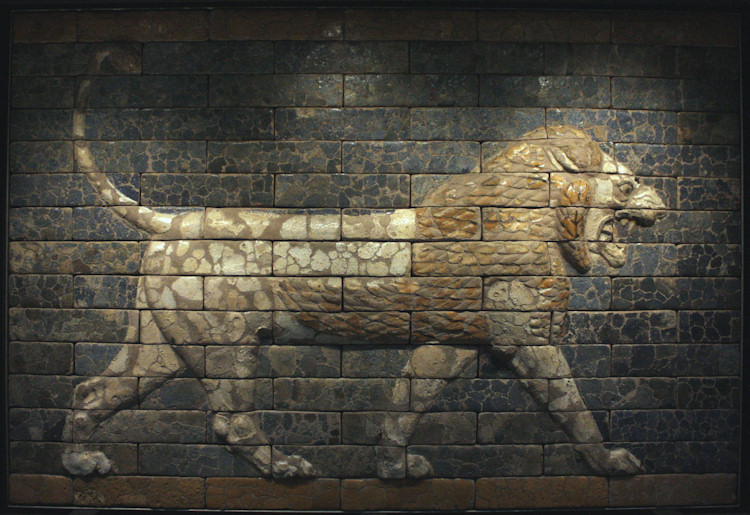
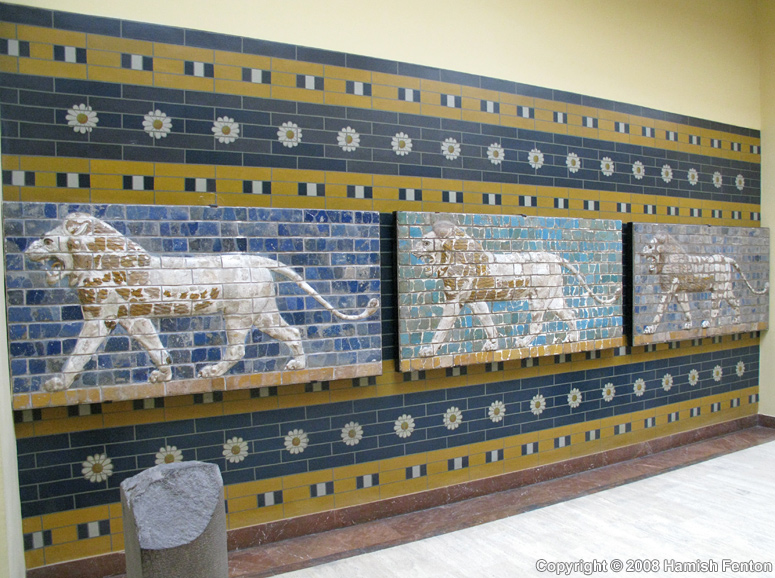
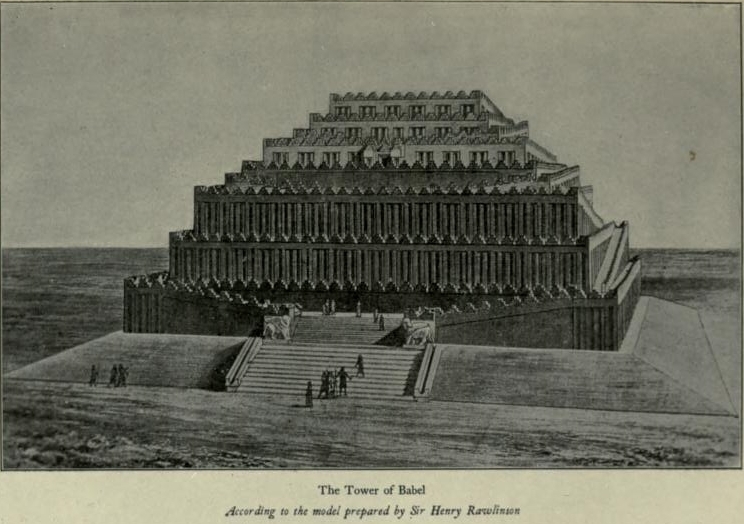

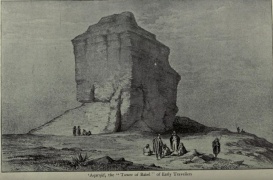
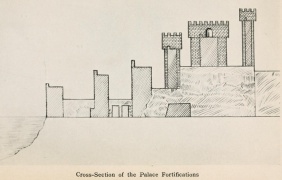
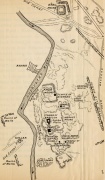
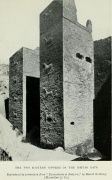
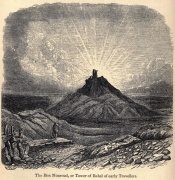
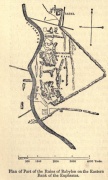
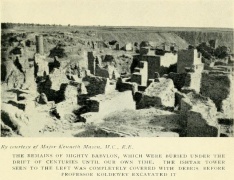

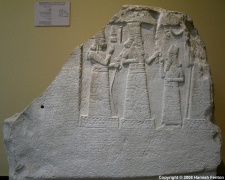
Do not use the above information on other web sites or publications without permission of the contributor.
Click here to see more info for this site
Nearby sites
Click here to view sites on an interactive map of the areaKey: Red: member's photo, Blue: 3rd party photo, Yellow: other image, Green: no photo - please go there and take one, Grey: site destroyed
Download sites to:
KML (Google Earth)
GPX (GPS waypoints)
CSV (Garmin/Navman)
CSV (Excel)
To unlock full downloads you need to sign up as a Contributory Member. Otherwise downloads are limited to 50 sites.
Turn off the page maps and other distractions
Nearby sites listing. In the following links * = Image available
18.1km SSW 191° Borsippa* Ancient Village or Settlement
25.4km E 90° Kish Ancient Village or Settlement
33.7km NE 53° Kutha Ancient Village or Settlement
46.1km SSE 166° Dilbat Ancient Village or Settlement
57.7km NNW 348° Sippar* Ancient Village or Settlement
64.5km NNW 339° Akkad Ancient Village or Settlement
65.9km SE 145° Marad Ancient Village or Settlement
86.8km ESE 119° Nippur* Ancient Village or Settlement
86.9km N 2° Iraqi National Museum in Baghdad Museum
109.2km SE 145° Shuruppak* Ancient Village or Settlement
109.3km SE 129° Isin Ancient Village or Settlement
127.3km SE 129° Kisurra Ancient Village or Settlement
160.5km NNE 22° Eshnunna Ancient Village or Settlement
163.6km ESE 114° Adab* Ancient Village or Settlement
167.0km ESE 123° Zabalam Ancient Village or Settlement
173.4km SE 126° Umma Ancient Village or Settlement
181.2km SE 139° Uruk.* Ancient Village or Settlement
187.9km NNW 344° Sur-Marrati Ancient Village or Settlement
189.1km NNW 346° Seleucia on the Tigris Ancient Village or Settlement
189.1km NNW 346° Tell Sawwan Ancient Village or Settlement
201.9km SE 136° Larsa Ancient Village or Settlement
202.1km ESE 123° Girsu* Ancient Village or Settlement
238.2km ESE 121° Lagash* Ancient Village or Settlement
240.4km SE 137° Ur of the Chaldees* Ancient Village or Settlement
243.7km SE 135° Tell Khaiber* Ancient Village or Settlement
View more nearby sites and additional images


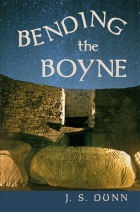
 We would like to know more about this location. Please feel free to add a brief description and any relevant information in your own language.
We would like to know more about this location. Please feel free to add a brief description and any relevant information in your own language. Wir möchten mehr über diese Stätte erfahren. Bitte zögern Sie nicht, eine kurze Beschreibung und relevante Informationen in Deutsch hinzuzufügen.
Wir möchten mehr über diese Stätte erfahren. Bitte zögern Sie nicht, eine kurze Beschreibung und relevante Informationen in Deutsch hinzuzufügen. Nous aimerions en savoir encore un peu sur les lieux. S'il vous plaît n'hesitez pas à ajouter une courte description et tous les renseignements pertinents dans votre propre langue.
Nous aimerions en savoir encore un peu sur les lieux. S'il vous plaît n'hesitez pas à ajouter une courte description et tous les renseignements pertinents dans votre propre langue. Quisieramos informarnos un poco más de las lugares. No dude en añadir una breve descripción y otros datos relevantes en su propio idioma.
Quisieramos informarnos un poco más de las lugares. No dude en añadir una breve descripción y otros datos relevantes en su propio idioma.